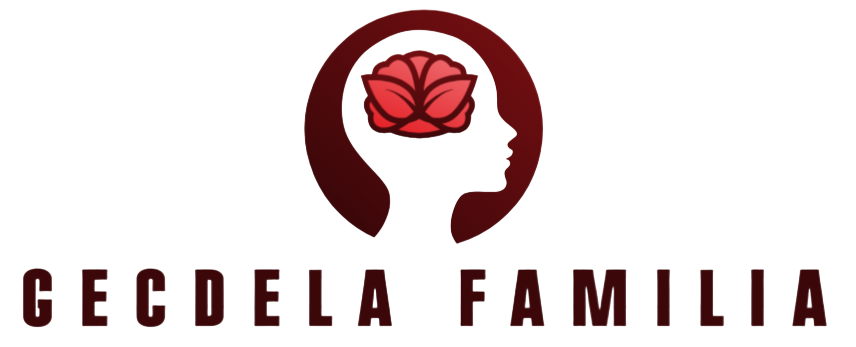Mobile Personal Trainer: How To Stay In Shape With A Busy Schedule
As much as we love our smartphones, they can also be significant deterrents to keeping up with our…

Health: Become an insider with these tips
As much as we love our smartphones, they can also be significant deterrents to keeping up with our…
Everybody has to learn how to do first aid for emergencies. It enables you to save lives during…
E-commerce solutions have aided us in a variety of ways, and most consumers all over the world now…
When speaking about dental services, Melbourne dentist professionals are the top recommended. Why? The friendly staff and professional…
The use of cannabis back then was frowned upon as not everyone is familiar with how they work.…
Chiropractic is a medical service involving non-operational treatment of problems related to the sensory system or potentially the…
Gone are the days when you would have to leave the comfort of your home before you can…
Nowadays, with an increase in technologies and advancements in the healthcare sector, there are now many online websites…
Invisible aligners, also known as clear aligners, are an orthodontic treatment that takes the place of braces to…
It’s simple to see why cosmetic facial treatments are becoming increasingly popular. Cosmetic surgery used to entail going…